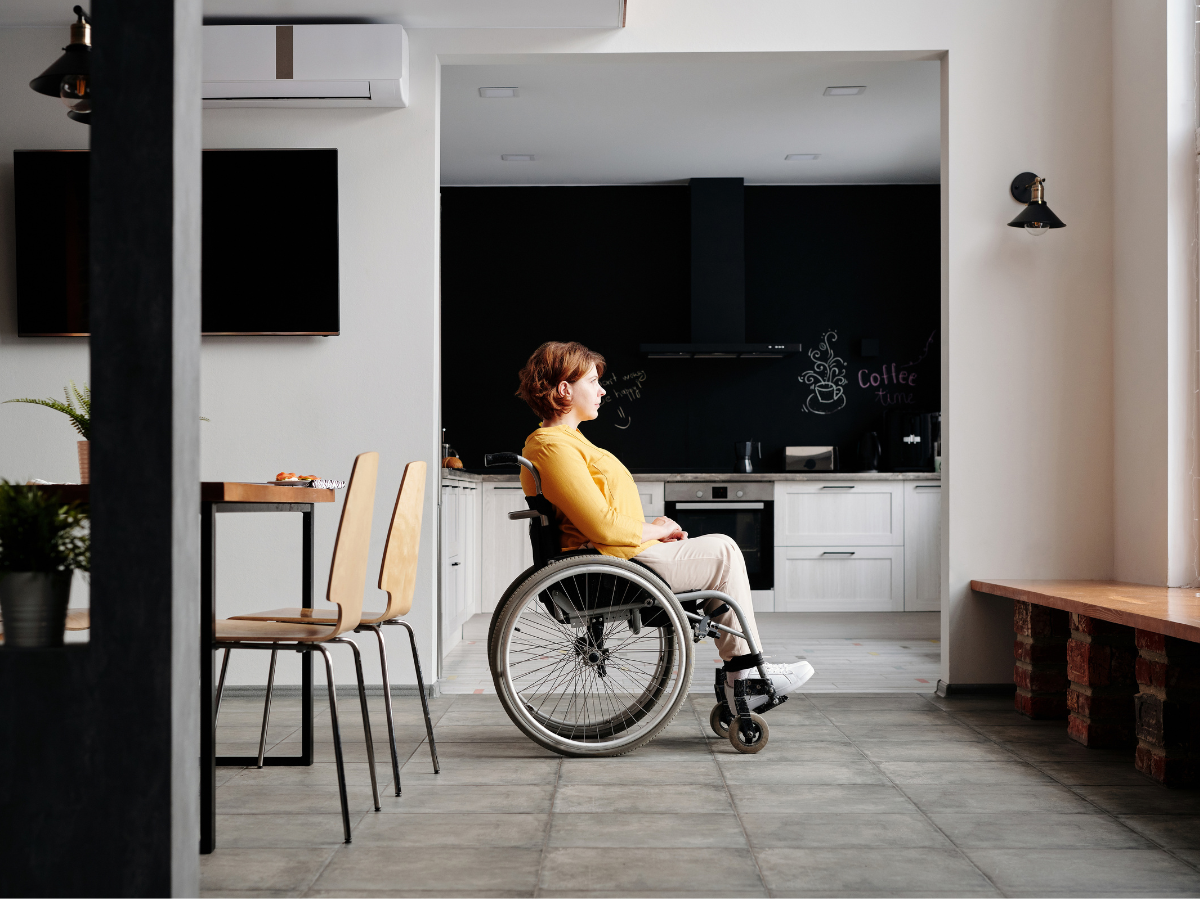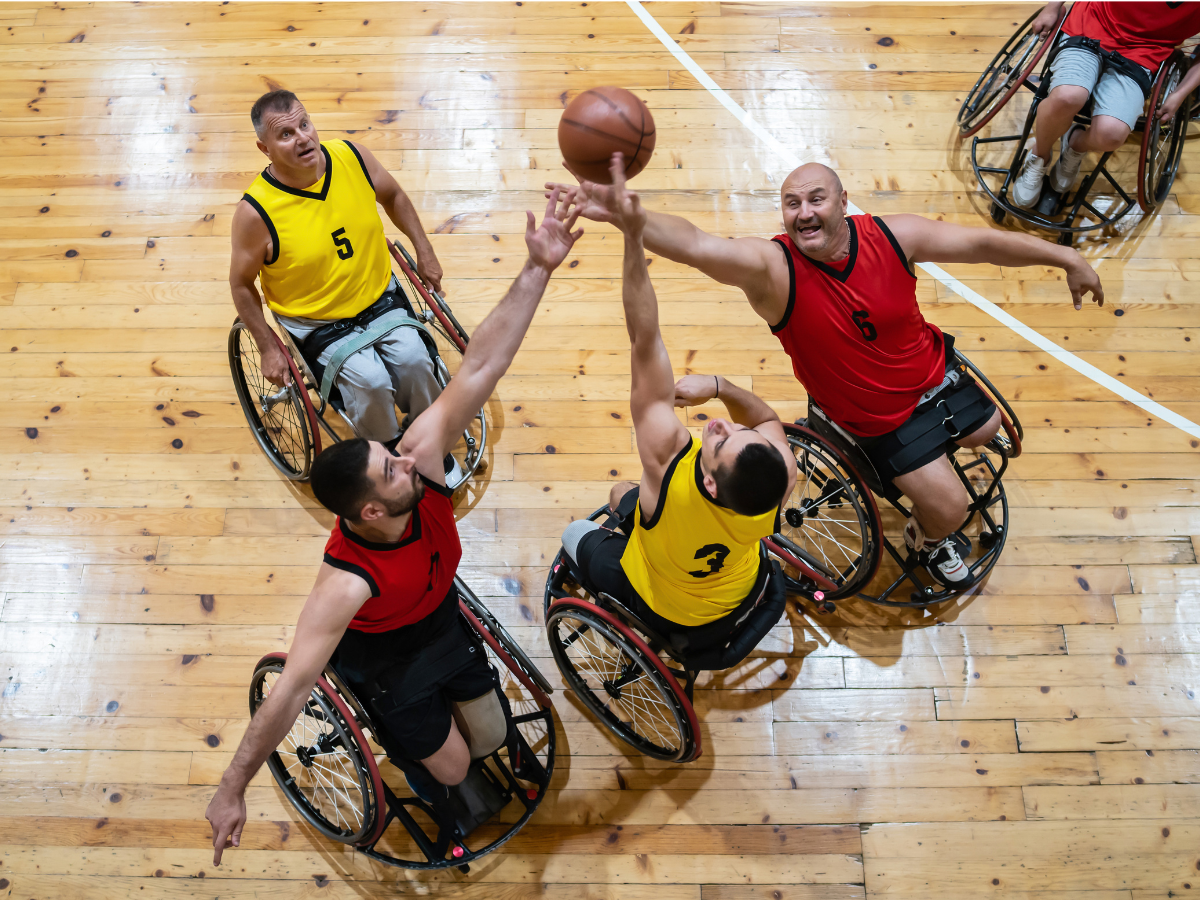For adults living with disabilities, burnout can be disruptive and debilitating. Burnout in adults with disabilities can manifest differently depending on the individual, but it can look different than burnout in other adults. In many cases, addressing disability-related burnout requires a unique strategy
When someone is burnt out, daily tasks may become more taxing, and long-term exhaustion can impact their well-being. Fortunately,—but there are ways to combat these life-altering challenges. Whether you are living with a disability or supporting someone who is, understanding burnout and how to handle it is key to ensuring a more comfortable, functional life.
What is Burnout?
Burnout is a state characterized by long-term exhaustion. It’s typically discussed as a result of working too hard, but for people with disabilities, burnout can happen for other reasons.
Burnout can also cause specific challenges like a loss of executive functioning or skills and an increased sensitivity to sensory stimuli. Likewise, burnout can exacerbate underlying health conditions and lead to serious mental health concerns, such as depression.
Neurodiversity can be a significant factor when it comes to those at risk of burnout. And, due to persistent fatigue and feelings of overwhelm, burnout in adults with disabilities can be a months-long endeavor. But there are ways to support recovery.
The emotional, mental, and physical symptoms that define burnout can be caused by any number of ongoing stressors and may vary from person to person. Some of the reasons an adult with disabilities might burn out can include:
- Disruptive life events or transitions
- Incompatible expectations at work or school
- Ongoing challenges that many face when navigating a world that is not designed to embrace neurodiversity.
- For neurodivergent individuals, maintaining “masking” behaviors and traits can be especially taxing
Adults with Disabilities Experience Burnout Differently
Everyone’s brain is unique, so no two people will experience burnout in exactly the same way. That being said, there are similarities when it comes to how burnout manifests depending on an individual’s specific disability.
Autism Burnout
Autistic burnout looks different for everyone, but the telltale exhaustion and loss of executive functioning are among the most common signs. Heightened sensitivity to sensory stimuli, difficulty managing daily tasks, and cognitive impairment should be noted and addressed.
ADHD Burnout
There is some significant overlap between ADHD and Autistic burnout. The cognitive and emotional needs of masking result in similar symptoms. Exhaustion, trouble focusing, and emotional dysregulation are common signs of burnout. For those with ADHD, this can show up as procrastination, irritability, and forgetfulness.
Other Examples of Burnout Symptoms Related to Disability
Burnout in adults with disabilities affects various aspects of mental and emotional regulation. Neurodivergent traits might be enhanced, and the individual may be unable to or find it difficult to mask them.
Perception of time can also be affected, leading to missed deadlines or heightened stress. Some people might struggle with impulse control which can result in risky or disruptive behavior.
Tips for Managing Burnout for Adults with Disabilities
If you or someone you love is experiencing burnout, there are ways to help ease the mental, emotional, and physical strain. Once you understand the signs of burnout, you can address the causes and make a plan to get back on track.
- Unmasking. For some adults, “masking” traits or behaviors that are necessary to thrive (such as stimming) is one of the key contributors to burnout. That means it can be important to spend time unmasked in order to combat the effects of burnout. Spend restful time alone or with those around whom you can comfortably unmask.
- Sensory Soothing. Attend to sensory needs and avoid overstimulation. Move in ways that feel natural and restorative. Reduce exposure to overwhelming or unpleasant sensory experiences.
- Healthy Habits. Prioritize a supportive sleep schedule and functional routine. While a single day of rest won’t fix burnout, a person’s long-term well-being is built on healthy routines and boundaries.
- Appropriate Accommodations. Ensure work, school, or home environments are equipped with tools and resources that address the individual’s specific needs.
Discover More Ways to Achieve Your Personal Goals
Overall, it’s important to become familiar with the unique challenges present in everyday life for adults with disabilities. Understanding and addressing each person’s unique needs is key to making the world a more supportive, inclusive place for neurodiverse individuals.
For California residents, the Self-Determination Program offers an additional layer of support specifically for adults with intellectual and developmental disabilities (IDDs). NeuroNav’s Independent facilitation services are available for those interested in goal-oriented support throughout the Self-Determination Program.
We’re here to help you learn more about and navigate the program so that you can take full advantage of its resources, including those that can help you avoid burnout.
Autonomy, choice, and flexibility are key to building a path that is right for you. Book a free consultation with us today to learn more about how we can help support your goals.




